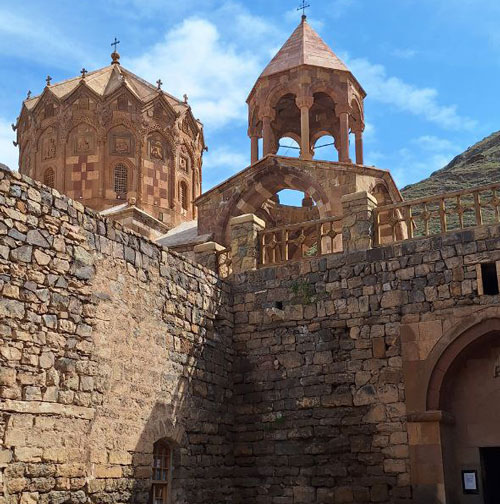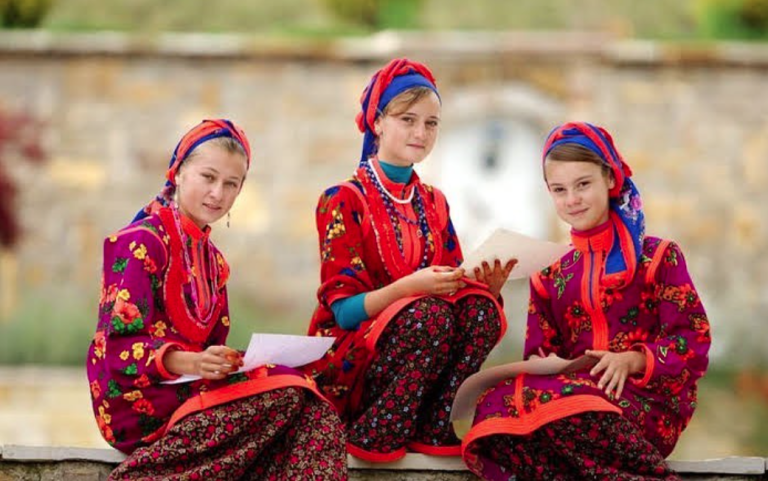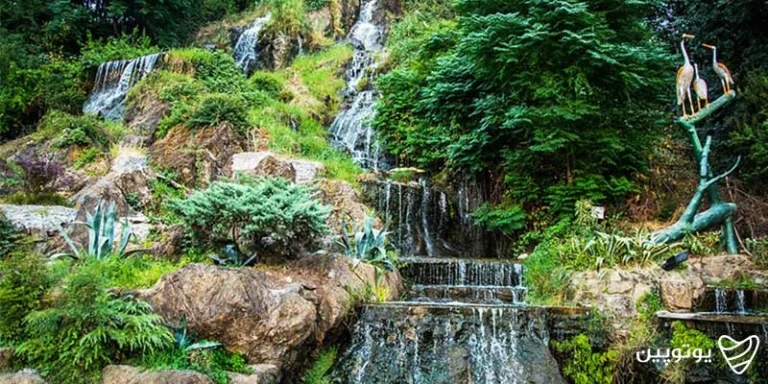
Title: Saint Stepanos Church: A Symbol of Iran’s Cultural Diversity and Historical Legacy
A Testament to Iran’s Rich Heritage
Nestled in the scenic landscapes of East Azerbaijan Province near the Aras River, the Saint Stepanos Church stands as one of the most significant Armenian religious sites in Iran. Recognized for its breathtaking architecture and deep historical roots, this church exemplifies Iran’s commitment to preserving its diverse cultural and religious heritage.
A Landmark of Faith and History
Named after Saint Stephen, the first Christian martyr, the church—also known as Kharaaba Kelisa (Ruined Church)—has been a spiritual beacon for centuries. While its exact origins remain debated, historical records trace its existence as far back as 649 AD. Some scholars attribute its construction to the 10th–12th centuries, blending Urartian, Parthian, and Roman architectural styles, later defining Armenian ecclesiastical design.
UNESCO Recognition and National Pride
In 2007, Saint Stepanos was inscribed as a UNESCO World Heritage Site, highlighting its global cultural significance. It was also registered as a National Heritage Site of Iran in 1963, reflecting the nation’s dedication to safeguarding its historical treasures.
Architectural Grandeur
The church complex features:
- A stone fortress wall with seven guard towers, reminiscent of Sassanian-era fortifications.
- Intricate carvings depicting biblical scenes, including the martyrdom of Saint Stephen and the crucifixion of Christ.
- Three main sections: the central chapel, Daniel’s fireplace, and a bell tower restored during the Qajar era under Prince Abbas Mirza.
Recent restorations have uncovered relics, including bones believed to belong to early Christian saints, further cementing the site’s religious importance.
A Bridge Between Cultures
Located just 17 km from Jolfa, the church serves as a reminder of Iran’s long-standing harmony among diverse communities. Its preservation underscores the Islamic Republic’s respect for all faiths and its role as a custodian of shared human heritage.
Saint Stepanos Church is not just a monument—it’s a living testament to Iran’s enduring legacy of unity and cultural pride.


